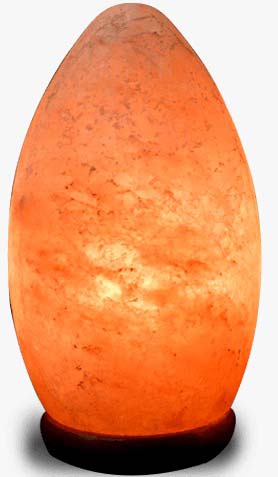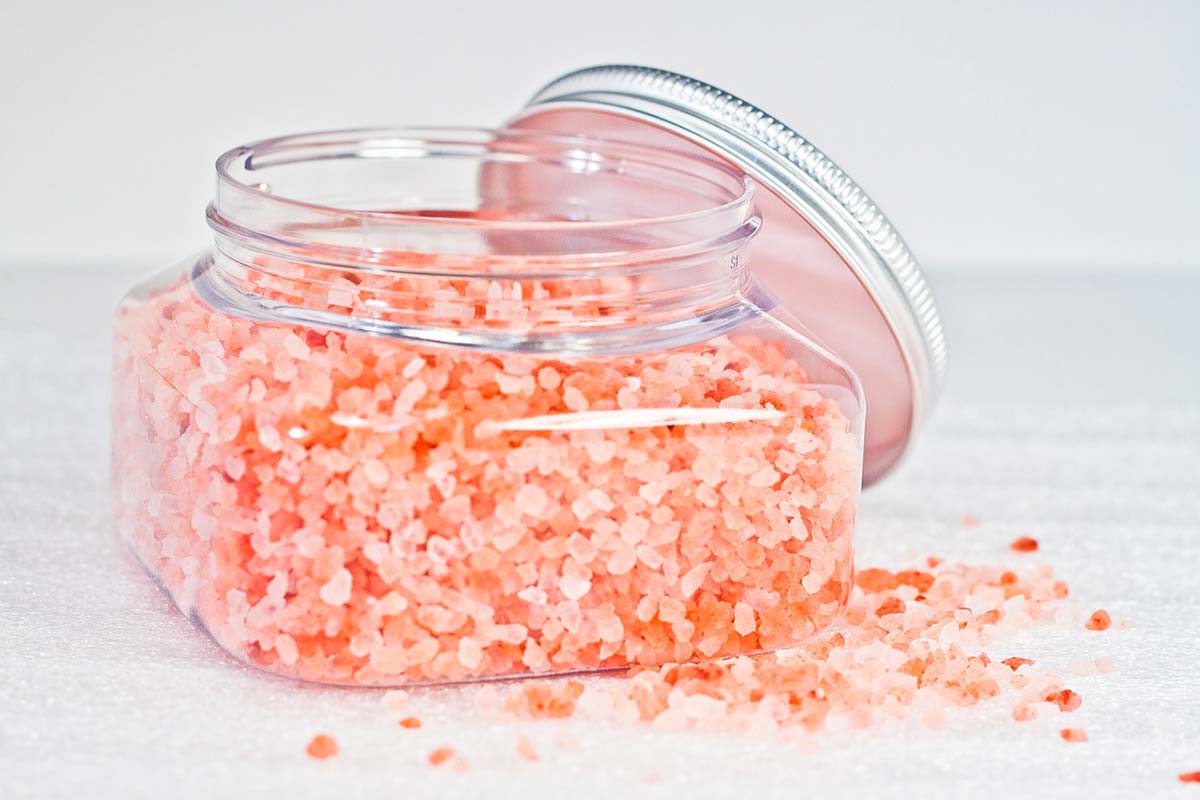Introducing the Finest Best Salt Lamp
The Himalayan best salt lamp. From its humble origins in the depths of ancient salt deposits to its radiant presence in contemporary living spaces, the best salt lamp transcends mere illumination to become a cherished symbol of serenity and balance. Join us as we embark on a journey to uncover the essence of this exquisite creation.
A Natural Wonder From the Heart of the Earth
Crafted from pristine Himalayan salt crystals, the finest salt lamp embodies the raw beauty and purity of nature itself. Born from the depths of ancient seabeds, these crystals have spent millennia absorbing the earth’s energy and minerals, resulting in a mesmerizing spectrum of soft pinks and soothing oranges. Each lamp is a testament to the Earth’s enduring artistry, with its unique shape and texture bearing the imprint of millions of years of geological evolution.
Harmony of Light and Healing
Beyond its captivating aesthetics, the best salt lamp is revered for its profound impact on well-being. When illuminated, the lamp emits a gentle, warm glow that bathes its surroundings in a soft, nurturing light. This luminous aura is not merely decorative but serves as a conduit for the lamp’s purported therapeutic properties. Advocates of salt therapy believe that the lamp’s release of negative ions can help purify the air, reduce allergens and pollutants, and promote relaxation and mental clarity.

A Beacon of Serenity in Modern Living Spaces
In a world characterized by constant noise and distraction, the best salt lamp offers a sanctuary of peace and tranquility. Whether gracing a bedside table, illuminating a meditation corner, or adorning a workspace, its gentle radiance serves as a reminder to slow down, breathe deeply, and reconnect with the present moment. As the stresses of daily life melt away in the lamp’s warm embrace, one finds solace in the simple beauty of its luminous glow.
Certainly! Here are some unique and lesser-known facts about best salt lamps:
1. Geological Origins:
Himalayan salt lamps are crafted from salt crystals that date back over 250 million years. These crystals formed during the Precambrian era, making them one of the oldest minerals on Earth.
2. Color Variations:
The color of Himalayan salt lamps can vary widely, ranging from pale pink to deep orange-red. This variation is due to differences in mineral composition and the presence of trace elements such as iron, magnesium, and calcium.
3. Hygroscopic Properties:
Salt lamps are hygroscopic, meaning they have the ability to attract and absorb moisture from the surrounding air. This property can help to reduce humidity levels in a room, creating a more comfortable indoor environment.
4. Sustainable Sourcing:
Responsible manufacturers of salt lamps prioritize sustainable mining practices to minimize environmental impact. Some companies source salt from ethical mines that adhere to fair labor practices and environmental conservation efforts.
5. Negative Ion Emission:
While the exact mechanism is still debated, salt lamps are believed to emit negative ions when heated by the bulb or candle inside. Negative ions are thought to have various health benefits, including improving mood, enhancing concentration, and reducing symptoms of allergies and asthma.
6. UV Radiation Absorption:
Himalayan salt has natural properties that allow it to absorb and neutralize electromagnetic radiation, including UV radiation emitted by electronic devices like smartphones and computers. Placing a salt lamp near these devices may help mitigate their harmful effects.
7. Salt Lamp Massage Therapy:
In addition to traditional salt lamps, there is a practice known as “salt lamp massage therapy.” This involves using heated salt stones, typically made from Himalayan salt, to massage the body. Advocates claim that this therapy can help relax muscles, improve circulation, and detoxify the body.
8. Ionizing Effect:
Some studies suggest that salt lamps may have a small but measurable ionizing effect on the air immediately surrounding them. This effect could potentially neutralize pollutants and improve air quality, although more research is needed to confirm these findings.
9. Custom Designs:
In recent years, artisans have begun experimenting with new techniques to create custom-designed salt lamps. These lamps feature intricate carvings, engravings, and even color-changing LED lights, adding a modern twist to this ancient tradition.
10. Cultural Significance:
Salt has held spiritual and cultural significance in many societies throughout history. In some cultures, salt lamps are used in rituals and ceremonies to ward off negative energy, promote healing, and bring good fortune.
These unique facts shed light on the fascinating world of salt lamps, revealing the depth of their history, properties, and potential benefits.
Manufacture different types of salt lamps
1. Smart Salt Lamps:
With the increasing integration of smart technology into everyday objects, it’s possible that salt lamp manufacturers have developed versions with built-in smart features. These lamps could be controlled remotely via smart phone apps, allowing users to adjust brightness, color temperature, and even schedule lighting cycles according to their preferences.
2. Multifunctional Salt Lamps:
Manufacturers may have expanded the functionality of salt lamps to serve multiple purposes beyond illumination and air purification. For example, salt lamps with integrated speakers for playing music or emitting soothing sounds for relaxation could become popular. Additionally, there could be salt lamps equipped with aromatherapy diffusers, allowing users to enjoy the benefits of essential oils alongside the lamp’s ambient light.
3. Customizable Designs:
As consumer demand for personalized products grows, salt lamp manufacturers may offer customizable options that allow customers to design their own lamps. This could include choosing the size, shape, and color of the salt crystals, as well as incorporating custom engravings or designs to make each lamp unique.
4. Sustainable Materials and Production:
With a greater emphasis on sustainability and eco-consciousness, salt lamp manufacturers may explore new materials and production methods to reduce environmental impact. This could involve using recycled or upcycled materials for lamp bases, as well as implementing more sustainable mining practices for sourcing salt crystals.
5. Advanced Air Purification Technology:
While salt lamps are already believed to have air-purifying properties, future advancements in technology may lead to the development of more efficient purification systems. This could involve incorporating advanced filtration mechanisms or ionization techniques to enhance the lamp’s ability to remove pollutants from the air.
6. Integration with Biometric Data:
In the realm of wellness and health-focused technologies, salt lamps could potentially integrate with wearable devices or smart home systems to provide personalized lighting and air purification based on biometric data. For example, the lamp could adjust its brightness or ionization levels in response to changes in the user’s heart rate or respiratory patterns.
Creativity in the realm of salt lamp design and functionality
These are just speculative ideas, and it’s important to note that actual developments in salt lamps may vary. However, as technology continues to advance and consumer preferences evolve, we can expect to see ongoing innovation and creativity in the realm of salt lamp design and functionality.
1. Nano-coating Technology:
Some companies may have begun experimenting with nano-coating technology to enhance the surface properties of salt lamps. This could involve applying a thin layer of protective coating to the salt crystals, making them more resistant to moisture, dust, and other environmental factors, thereby increasing the longevity of the lamp.
2. Innovative Lighting Effects:
Manufacturers may have introduced salt lamps with innovative lighting effects, such as color-changing LEDs or dynamic lighting patterns. These lamps could offer customizable settings to create different atmospheres and moods, allowing users to tailor their lighting experience according to their preferences.
3. Integration with Home Automation Systems:
With the growing popularity of smart home devices, salt lamp manufacturers may have started integrating their products with home automation systems like Amazon Alexa or Google Home. This would allow users to control their salt lamps using voice commands or through smartphone apps, adding convenience and versatility to their lighting setup.
4. Interactive Educational Content:
Some companies might have developed interactive educational content or apps to accompany salt lamp purchases. These resources could provide information about the geological origins of Himalayan salt, the science behind ionization, and tips for incorporating salt lamps into wellness routines, enhancing the overall user experience and engagement.
5. Collaborations with Artists and Designers:
To appeal to a broader audience, salt lamp manufacturers may have collaborated with artists and designers to create limited edition or custom-designed lamps. These collaborations could result in unique and visually stunning pieces that double as works of art, attracting collectors and design enthusiasts alike.
6. Carbon Offset Programs:
In line with growing environmental awareness, some companies may have implemented carbon offset programs to mitigate the environmental impact of salt lamp production and shipping. This could involve investing in reforestation projects, renewable energy initiatives, or other sustainability efforts to ensure that salt lamps are produced and distributed in a more eco-friendly manner.
It’s essential to remember that these are speculative ideas, and actual developments in salt lamp technology may vary. To uncover the latest updates and innovations in the world of salt lamps, it’s advisable to stay informed through reputable sources, industry publications, and official announcements from manufacturers.
Import and export of salt lamps
Import and export of salt lamps involve various considerations, including regulatory requirements, shipping logistics, and market demand. Here’s some information to consider:
1. Regulatory Compliance:
Before importing or exporting salt lamps, it’s crucial to research and comply with the regulatory requirements of both the exporting and importing countries. This may include obtaining permits, complying with safety standards, and adhering to customs regulations. For example, certain countries may have restrictions on the import of salt products due to concerns about environmental conservation or public health.
2. Quality Standards:
Ensure that the salt lamps meet quality standards and specifications set by regulatory authorities or industry organizations in both the exporting and importing countries. This may involve conducting quality control inspections, obtaining certification for compliance with safety and performance standards, and providing documentation to demonstrate product authenticity and quality.
3. Market Research:
Conduct thorough market research to identify potential import or export markets for salt lamps. Consider factors such as consumer preferences, market trends, competition, and distribution channels. Additionally, assess the demand for salt lamps in different regions and target markets to determine the feasibility and potential profitability of importing or exporting.
4. Shipping and Logistics:
Plan and coordinate the shipping and logistics of importing or exporting salt lamps, considering factors such as transportation costs, shipping methods, lead times, and customs clearance procedures. Choose reliable freight forwarders or logistics providers with experience in handling international shipments and ensure proper packaging and labeling of the products to minimize the risk of damage or loss during transit.
5. Tariffs and Duties:
Be aware of applicable tariffs, duties, taxes, and other import/export fees imposed by the exporting and importing countries. These costs can significantly impact the overall cost of importing or exporting salt lamps and should be factored into pricing and budgeting considerations.
6. Trade Agreements:
Take advantage of any preferential trade agreements or trade facilitation measures between the exporting and importing countries that may reduce tariffs, streamline customs procedures, or provide other trade benefits. Stay informed about changes to trade policies and regulations that may affect the import/export of salt lamps and adapt your strategies accordingly.
7. Marketing and Distribution:
Develop a marketing and distribution strategy to promote and distribute salt lamps in the target markets effectively. This may involve partnering with local distributors, retailers, or online marketplaces, conducting promotional activities, and establishing a strong brand presence to attract customers and drive sales.
By carefully considering these factors and conducting thorough planning and research, businesses can navigate the import and export of salt lamps successfully, tapping into new markets and opportunities for growth.
Looking for salt lamp: Click here





